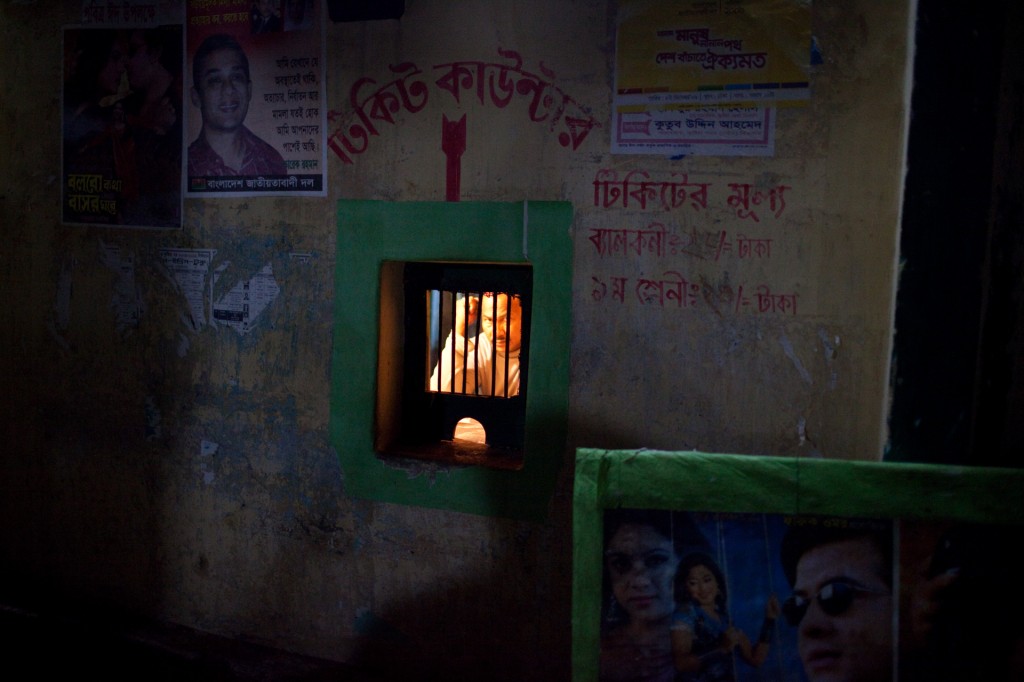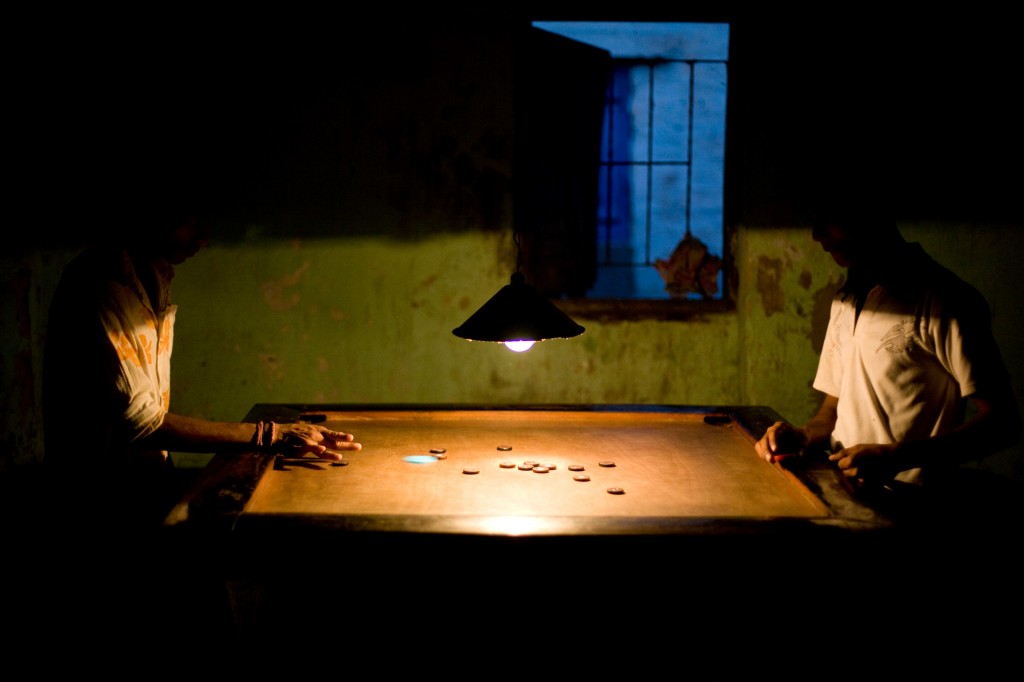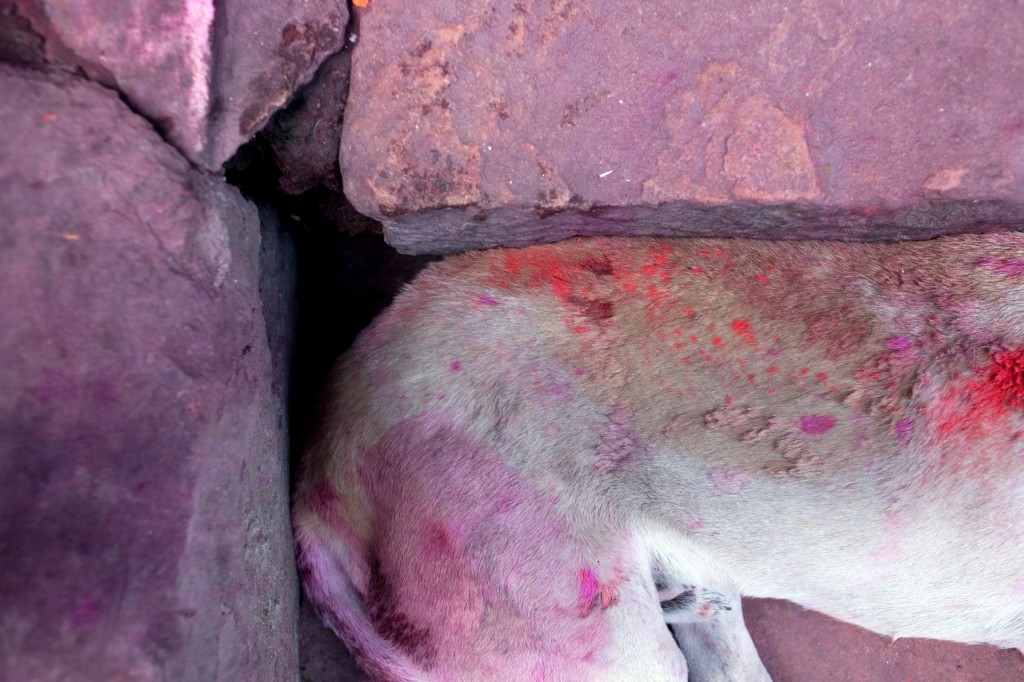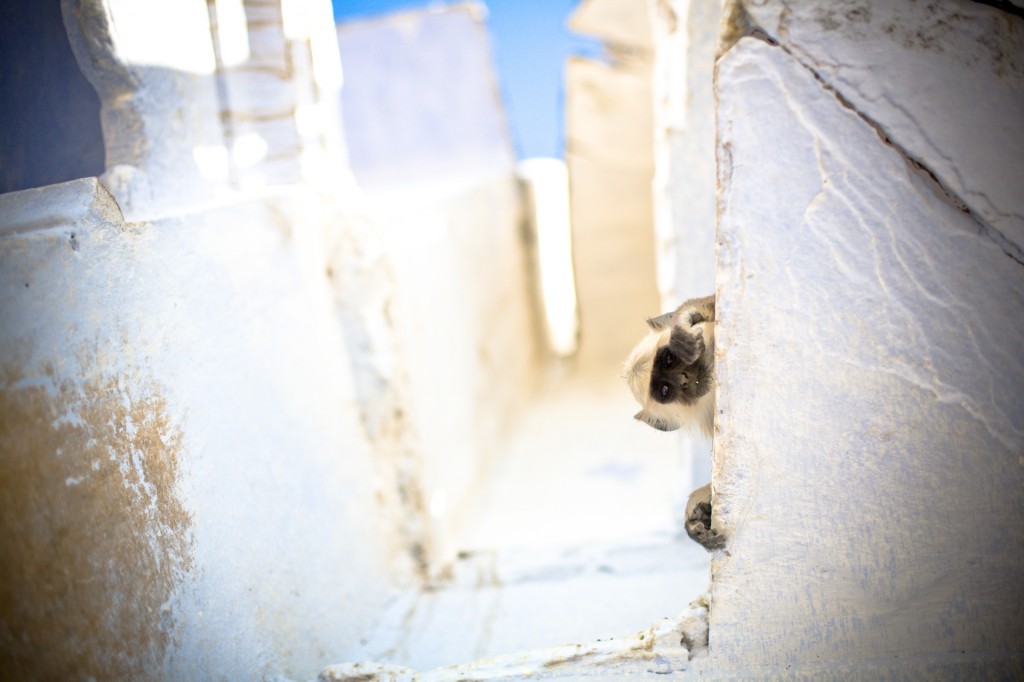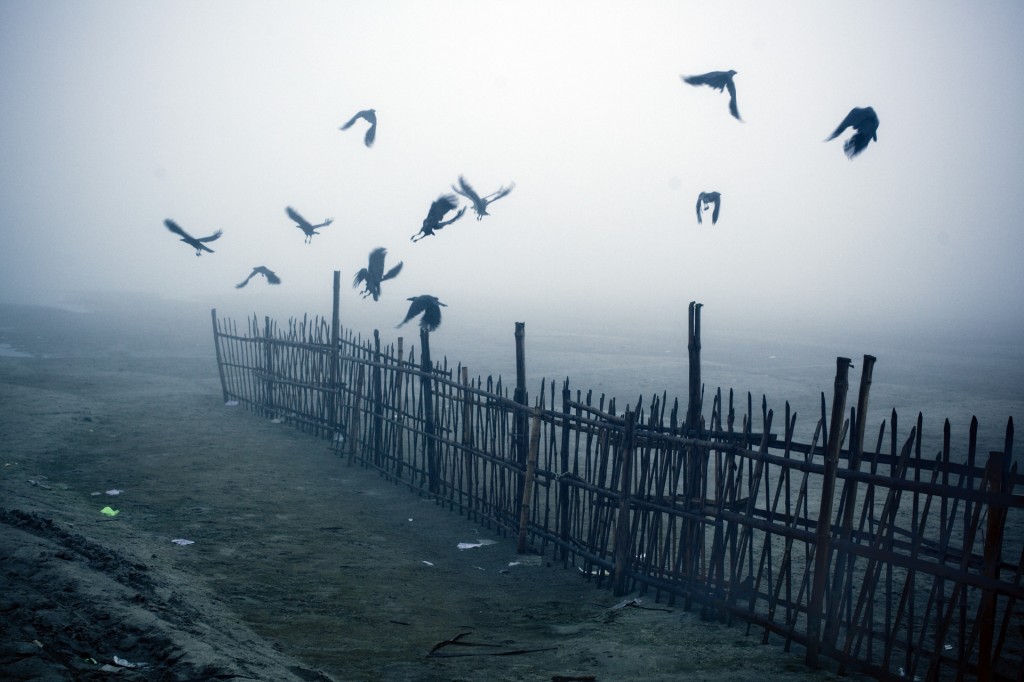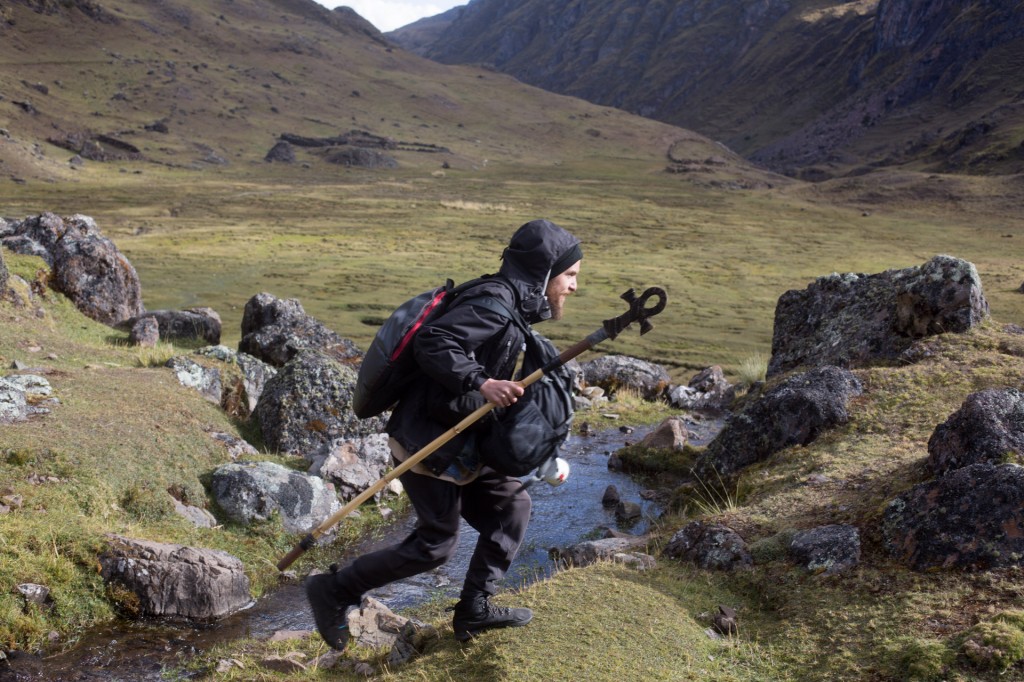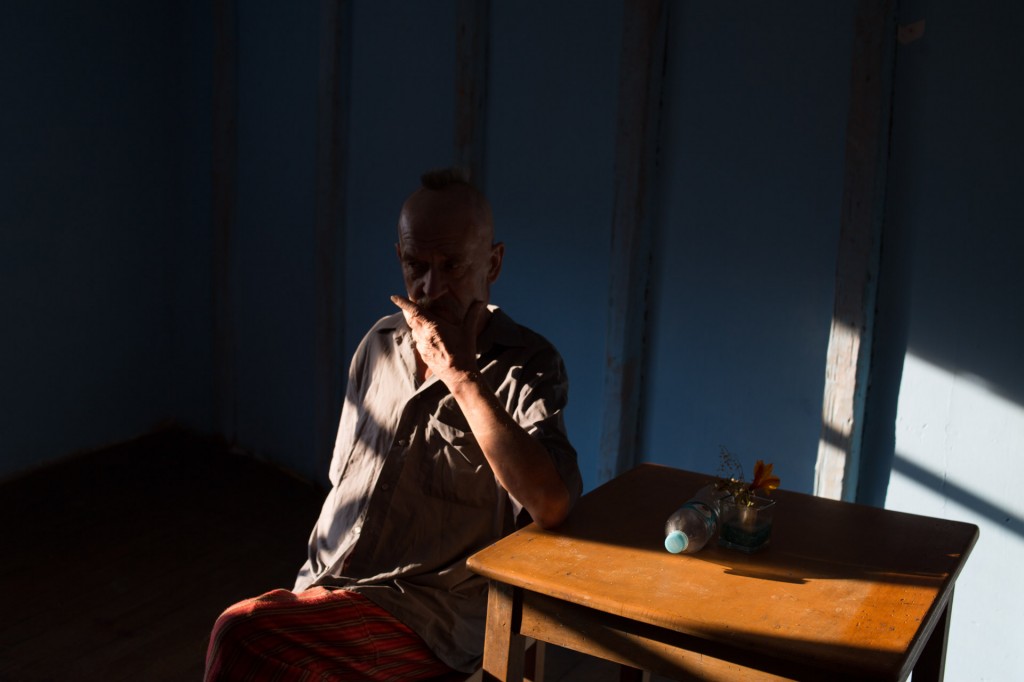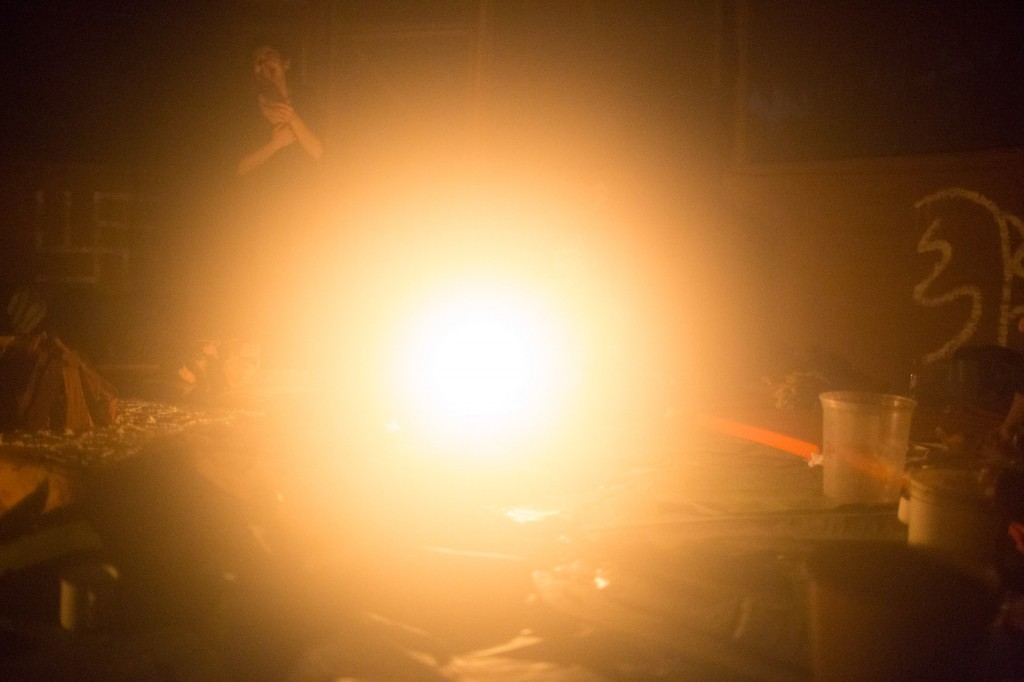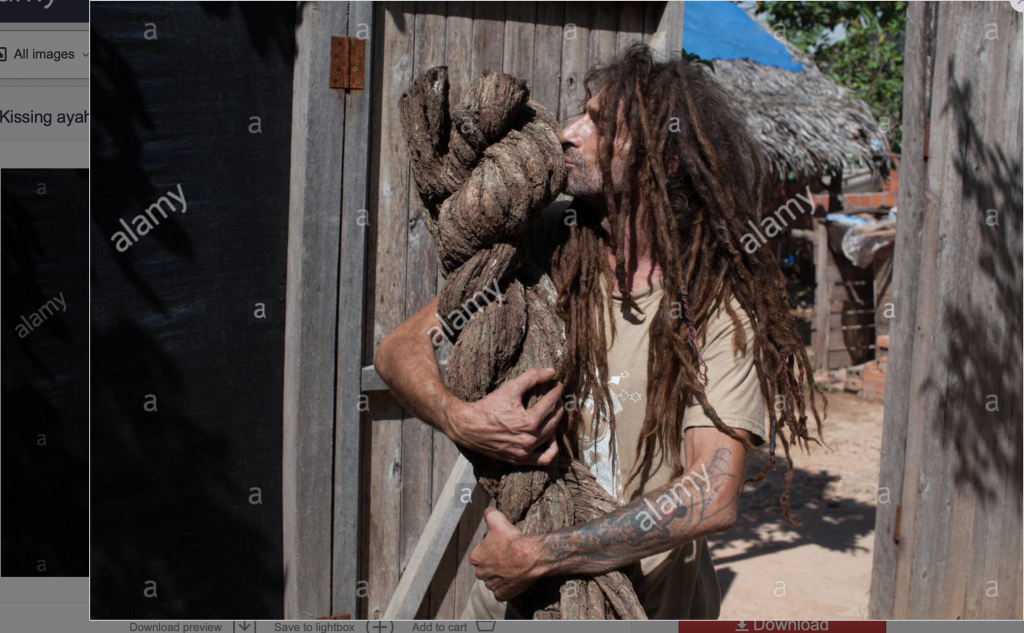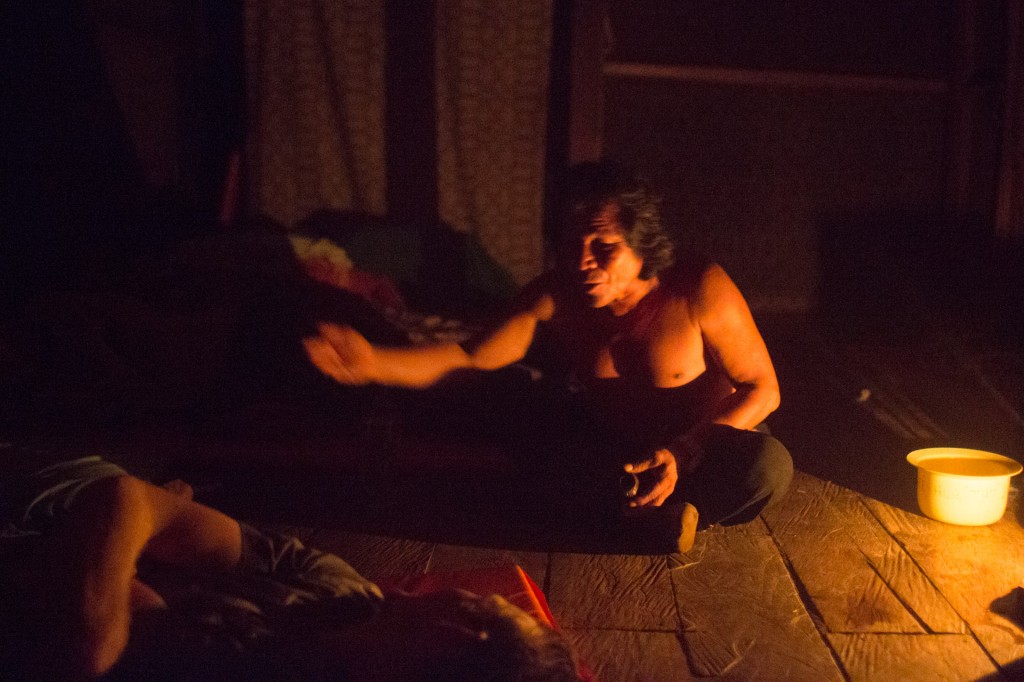
[ POLSKIE TŁUMACZENIE PONIŻEJ ]
Can ayahusca help reduce the symptoms of grief? According to a study recently published in the journal Psychopharmacology, ayahuasca – also known as the “vine of the soul” within the Peruvian indigenous Shipibo healing system – can help people who are grieving the loss of a loved one, significantly reducing symptoms, such as anxiety and depression. Benefits lasted for up to a year following the retreat.
International Center for Ethnobotanical Education, Research and Service (ICEERS), in collaboration with the Beckley Foundation, conducted a study into ayahuasca’s potential for people grieving the death of a loved one. The study, entitled “Therapeutic potential of ayahuasca in grief: a prospective, observational study” and published on January 14, opens up a new avenue for research into effective therapeutic approaches for prolonged grief.
“We found that ayahuasca eases the acceptance of a loved one’s death,” said Dr. Debora Gonzalez, the study’s principal investigator.
Participants in the study attended a retreat at the Temple of the Way of Light, a center located near Iquitos, Peru, in the heart of the Amazon rainforest, where they participated in a series of traditional medicine ceremonies lead by indigenous Shipibo healers. Ninety-two percent of patients experienced relief from symptoms of grief, noting benefits on a spiritual level and in social relationships, as well as on their physical and psychological health. It was found that the experiences expand on the materialistic way we approach life and death in the Global North.
Grief is a natural process that occurs in human beings when a family member or close friend dies. However, when it is prolonged it can become pathological. In fact, the WHO recently included Prolonged Grief Disorder as a new diagnosis in the latest version of the International Classification of Diseases (ICD-11). Prolonged grief affects 9.8% of people who have lost a loved one. The family, social and occupational impact of this diagnosis is comparable to that of depression or post-traumatic stress. Medications alone are not effective in reducing it, and psychotherapy does not achieve the effectiveness it has shown in treating other clinical problems. Since the experience of grief is universal, it is urgent to find new therapeutic paradigms to address our relationship with death.
A previous study, ( https://journals.sagepub.com/doi/abs/10.1177/0030222817710879 ) published in Omega – Journal of Death and Dying, also conducted by ICEERS, found that one third of mourners who had participated in an ayahuasca ceremony reported experiences of an encounter with the “presence,” “soul,” or “essence” of their loved one.
“We found that having an experience of an encounter with a loved one who has passed away and being able to resolve the doubts and issues that were left pending and to establish a continuing bond, has a therapeutic impact on the grievers that is difficult to achieve with the techniques currently used in conventional psychotherapy. This type of experience tends to transform their view of life and death,” adds Dr. González.
SOURCE : https://www.iceers.org/ayahuasca-opens-up-new-possibilities-for-grief-therapy
…
[ POLISH ]
Czy ayahuaska może pomóc zmniejszyć symptomy żałoby? Według ostatnio opublikowanego w Psychopharmacology badania ( https://link.springer.com/article/10.1007/s00213-019-05446-2 ), ayahuaska, znana także jako “pnącze duszy” w systemie medycznym rdzennego peruwiańskiego plemienia Shipibo, może pomóc osobom opłakującym bliską osobę w znacznym zmniejszeniu symptomów takich jak nerwica i depresja. Pozytywne efekty mogą utrzymywać się nawet do roku po przyjęciu substancji.
International Center for Ethnobotanical Education, Research and Service (ICEERS) we współpracy z Beckley Foundation przeprowadziło badanie nad potencjałem ayahuaski dla osób opłakujących bliską osobę. Studium to, zatytułowane “Terapeutyczny potencjał ayahuaski w żałobie : badanie obserwowanych efektów” i opublikowane 14 stycznia 2020, otwiera nowe ścieżki dla badań nad skutecznymi terapeutycznymi podejściami do przedłużającej się żałoby.
“Odkryliśmy, że ayahuaska ułatwia proces godzenia się ze śmiercią kochanej osoby”, mówi dr Debora Gonzalez, główna prowadząca procesu badawczego.
Uczestniczący w badaniu brali udział w odosobnieniu z ayahuaską w Temple of the New Way of Light, centrum położonego w pobliżu Iquitos, w Peru, w sercu peruwiańskiej Amazonii, gdzie uczestniczyli w serii ceremonii tradycyjnej medycyny, prowadzonych przez rdzennych uzdrowicieli Shipibo. 92 procent pacjentów doświadczyło ulgi w objawach żałoby i smutku, rejestrując pozytywne efekty w sferze duchowej i w relacjach społecznych, jak również w stanie swego zdrowia fizycznego i psychologicznego. Okazało się, że ich doświadczenia poszerzają dominującą na globalnej Północy materialistyczną perspektywę z jaką podchodzi się do życia i śmierci.
Żałoba jest naturalnym procesem, jaki zachodzi w człowieku, kiedy członek rodziny lub bliski przyjaciel umiera. Jego nadmierne przeciąganie w czasie może jednak stać się patologiczne. W istocie, WHO ostatnio włączyło “zaburzenie przedłużonej żałoby” jako nową diagnozę do ostatniej wersji Międzynarodowej Klasyfikacji Chorób ( (ICD-11). Przedłużona żałoba dotyka 9,8% ludzi, którzy stracili kogoś bliskiego. Rodzinne, społeczne i zawodowe konsekwencje takiej diagnozy są porównywalne do tych w przypadku depresji czy zespołu traumy pourazowej. Same leki nie są wystarczająco skuteczne w zmniejszeniu tych symptomów a psychoterapia nie wykazuje takiej efektywności jak w terapii innych problemów klinicznych. Ponieważ żałoba jest doświadczeniem uniwersalnym, odnalezienie nowych terapeutycznych paradygmatów dla naszej relacji ze śmiercią staje się pilnym zagadnieniem.
Poprzednie badanie ( https://journals.sagepub.com/doi/abs/10.1177/0030222817710879 ) opublikowane w Omega – Journal of Death and Dying, również prowadzone przez ICEERS, pokazało że jedna trzecia żałobników, jacy wzięli udział w ceremonii ayahuaski, przytaczało przykłady kontaktu z “obecnością”, “duszą” lub też “esencją” ukochanej osoby.
“Odkryliśmy, iż doświadczenie spotkania z opłakiwaną osobą i możliwość rozwiania wątpliwości czy rozwiązania niedokończonych spraw i wzmocnienia trwałej więzi, ma terapeutyczny wpływ na żałobników jaki trudno osiągnąć technikami obecnie dostępnymi dla konwencjonalnej psychoterapii. Tego typu doświadczenie zwykle transformuje pogląd na życie i śmierć, dodaje dr Gonzalez.
Źródło : https://www.iceers.org/ayahuasca-opens-up-new-possibilities-for-grief-therapy

